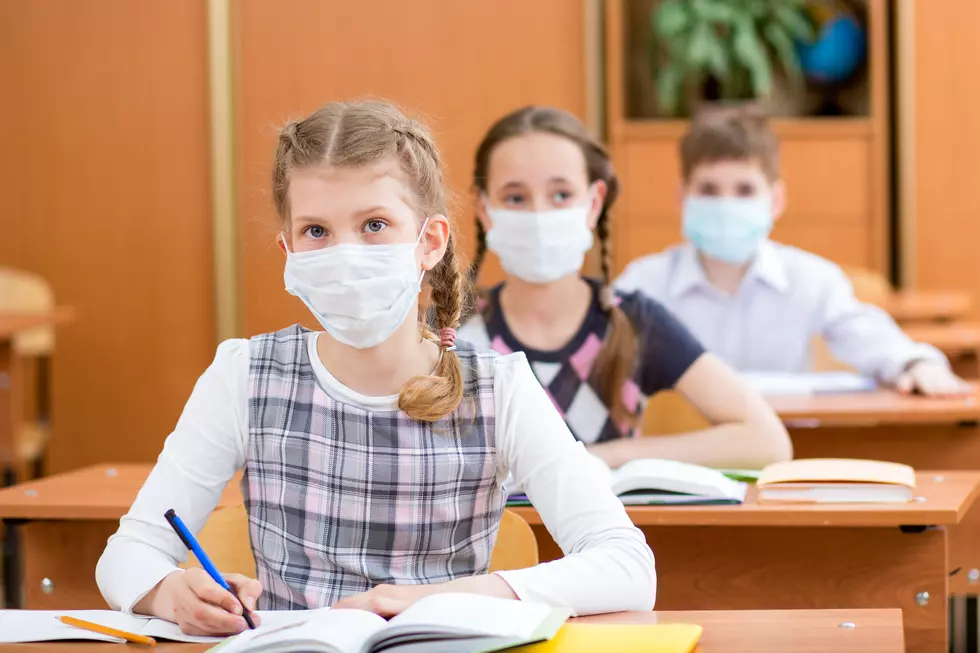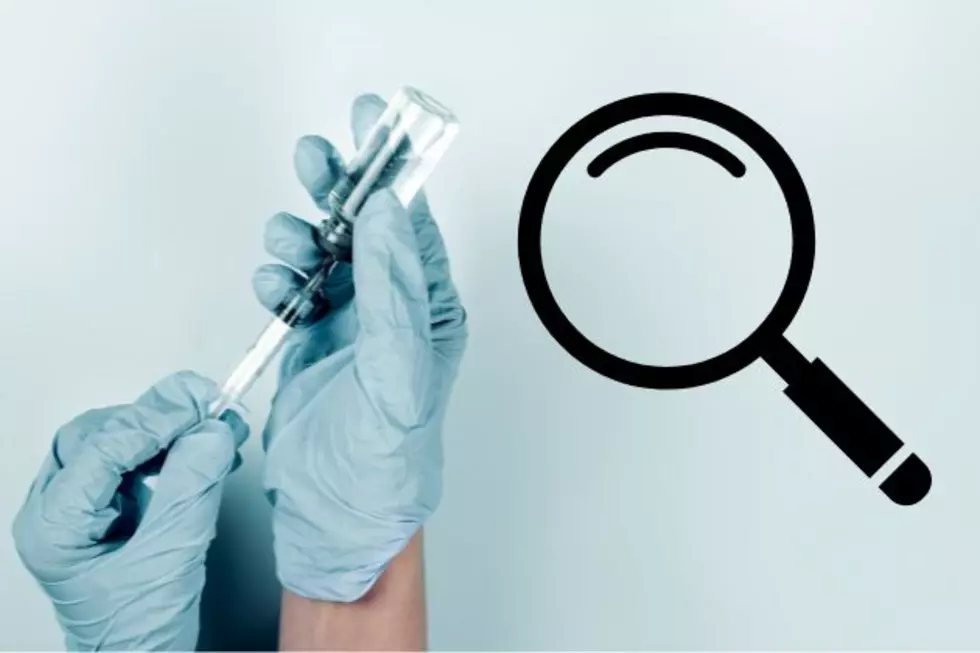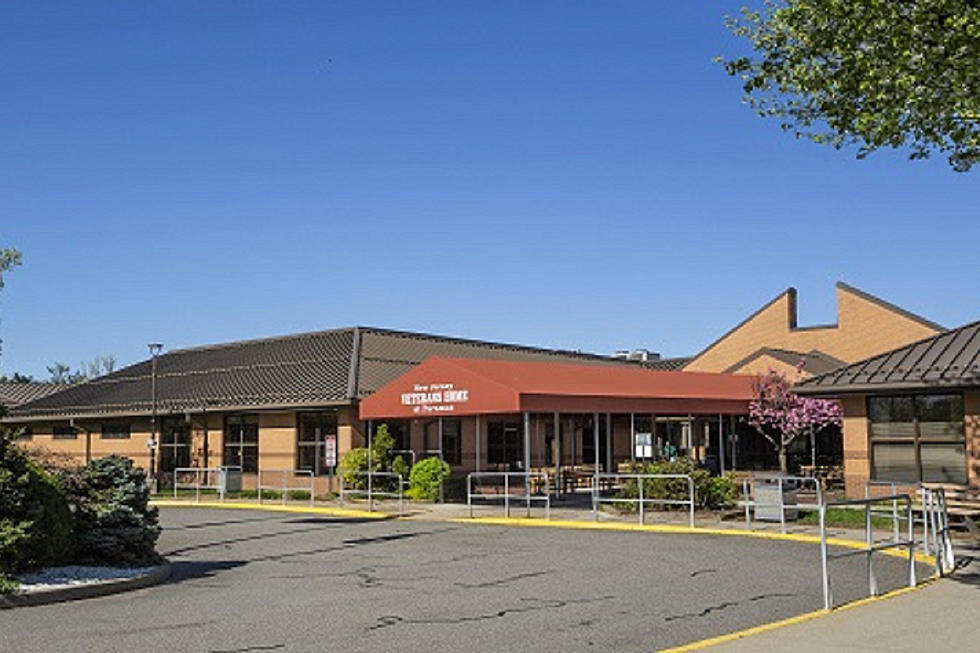
NJ school super accuses parents of lying about COVID — NJ Top News 12/11
Would you send your kids to school knowing they may have been exposed to COVID-19?
Morris School District Superintendent Mackey Pendergrast announced a move to all-remote learning at least until Jan. 4 and blamed it on a "dramatic increase" in the number of COVID infections in school following the Thanksgiving holiday.
He then accused some parents of lying about, or failing to disclose, that their children had been exposed over the holiday. He even went as far to accuse some of sending their children to class even after they started exhibiting symptoms.
The letter posted on the district website states: "Some parents are not following quarantine restrictions for their children, not informing the school when children or family members have been exposed or have tested positive for COVID-19, or sending children to school even when they are symptomatic; health and school officials fear that such instances of noncompliance will continue, needlessly exposing hundreds of students, staff, and families to the coronavirus."
Pendergrast went on to say they know COVID transmissions are not happening within school buildings, and blamed reckless activities by parents such as having indoor playdates, large gatherings and going to the mall.
A growing number of New Jersey schools have been moving to an all-remote schedule until after the first of the year as COVID cases spike among students and staff. Gov. Phil Murphy reported a rise in school cases this week after previously praising schools for doing a good job keeping exposures in check.
Nine of the 10 largest school districts are among those closing classrooms until at least some point in January. Dozens of schools have been preemptively moving to a remote schedule as infections rise in the local community and even if there are few or no cases among students and faculty.
New Jersey continues to report a spike in positive COVID-19 tests. Hospitalizations are also rising, now above 3,500.
The rate of transmission has also been steadily rising over the last week, now at 1.12. It shows the virus is increasing its spread at an accelerated rate. For example, for every 100 people infected, they will infect 112 more. The numbers increase exponentially beyond that. A rate below 1.0 shows the virus is no longer actively spreading.
More NJ Top News:
- Mask madness in Morristown. Customer gets stabby when told to mask up, police said.
- An advisory panel votes FDA should approve Pfizer COVID-19 vaccine but the vote was not unanimous.
- State health officials believe a viable vaccine cannot arrive fast enough, as the number of COVID infections continues to spike.
- After days of hopeful talk, fresh political rancor is now threatening to derail a $900 billion COVID relief bill.
- Many companies are looking for creative ways to have some kind of holiday celebration for their workers.
- Man proudly proclaims his gas cannon is causing sonic booms in South Jersey.
- Is it finally time to consolidate school districts by county?
- NJ's Storybook Land to be featured on ABC's "Great Christmas Light Fight."
- An Amazon driver is charged with tossing packages into the woods of South Jersey.
The Twelve Days Of COVID
More From New Jersey 101.5 FM









